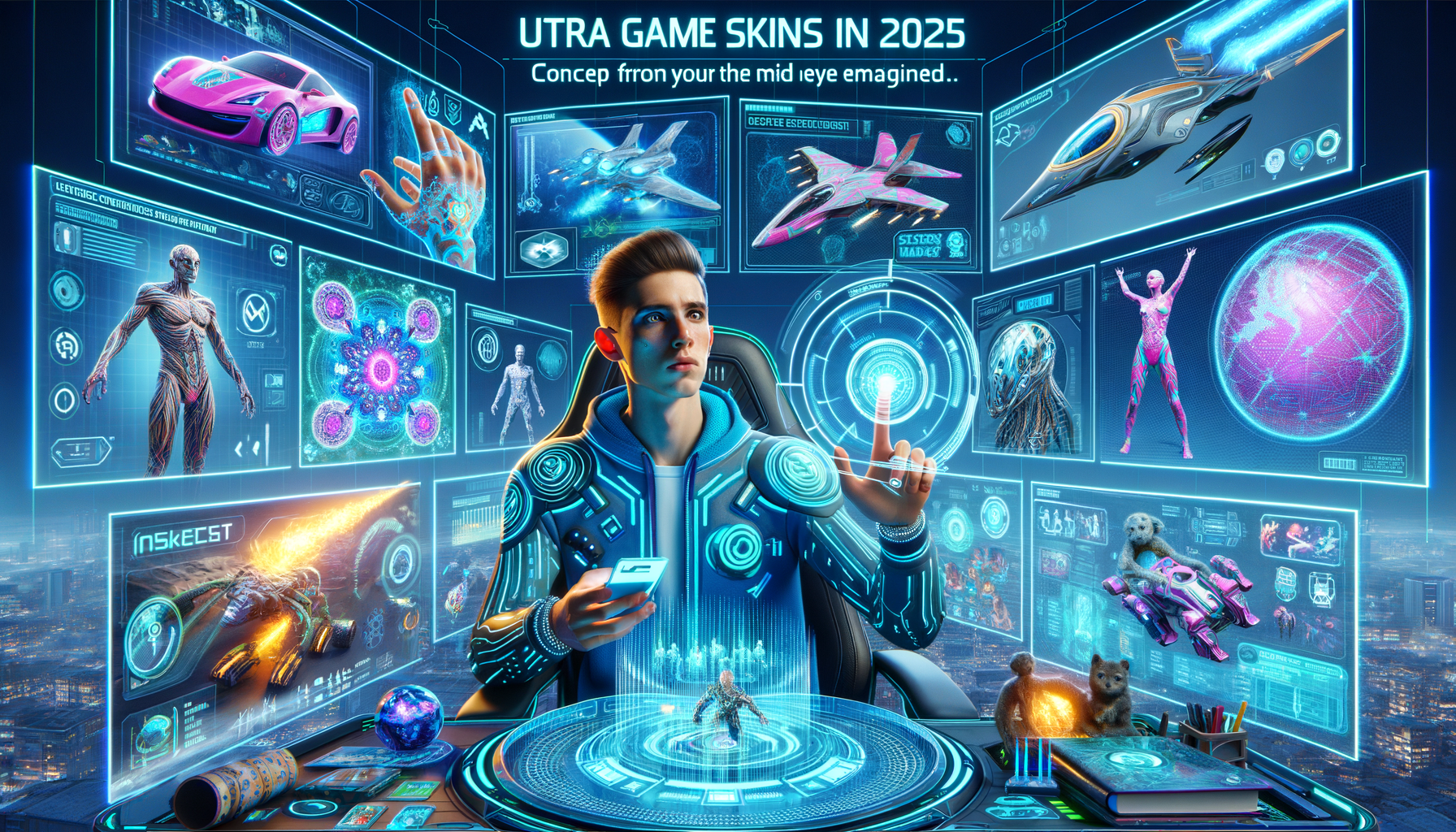The Evolution of Game Skins: A Journey to 2025
Game skins have come a long way since their inception, evolving from simple cosmetic changes to intricate designs that reflect both player identity and game culture. By 2025, game skins are not just about altering the appearance of characters or items; they have become a form of personal expression and a testament to the creativity of both developers and players.
In the early days, game skins were often limited to basic color changes or minor texture modifications. However, as technology advanced, so did the complexity and variety of skins. Today, they are crafted with high-definition textures, dynamic animations, and even interactive elements that respond to in-game actions. This evolution has been fueled by advancements in graphics technology and an increasing demand for personalized gaming experiences.
Moreover, the integration of augmented reality (AR) and virtual reality (VR) technologies has opened new avenues for skin development. Players can now experience their customized avatars in immersive environments, enhancing the sense of presence and engagement. This shift not only enriches gameplay but also sets the stage for future innovations in game design.
The Economic Impact of Game Skins in 2025
The economic landscape of game skins has expanded significantly, with the market projected to reach unprecedented levels by 2025. Skins have transitioned from being mere cosmetic options to becoming valuable digital assets, contributing to a multi-billion dollar industry.
One of the key drivers of this economic growth is the rise of microtransactions and in-game purchases. Players are willing to invest in unique skins that enhance their gaming experience, leading to a steady revenue stream for developers. Additionally, the emergence of blockchain technology has enabled the creation of non-fungible tokens (NFTs), allowing players to buy, sell, and trade skins in a secure and transparent manner.
The economic impact is further amplified by the role of skins in competitive gaming and esports. High-profile tournaments often feature exclusive skins as rewards, boosting their desirability and market value. This trend not only incentivizes players to participate in competitions but also attracts sponsors and advertisers, further fueling the industry’s growth.
Community and Cultural Influence of Game Skins
Beyond their economic and aesthetic value, game skins play a significant role in shaping gaming communities and culture. By 2025, skins have become a medium for players to express their individuality and connect with others who share similar tastes and interests.
Communities often form around specific games or franchises, with skins serving as a common thread that unites players. Social media platforms and online forums are abuzz with discussions about the latest skin releases, design inspirations, and customization tips. This vibrant exchange of ideas fosters a sense of belonging and camaraderie among gamers.
Furthermore, skins have become a canvas for cultural representation and storytelling. Developers are increasingly collaborating with artists and designers from diverse backgrounds to create skins that reflect different cultures and narratives. This inclusivity not only enriches the gaming experience but also promotes cultural awareness and appreciation.
In conclusion, the world of game skins in 2025 is a dynamic and multifaceted landscape that continues to evolve, influencing the gaming industry and culture in profound ways. As technology and creativity advance, the potential for skins to shape the future of gaming remains boundless.




Leave a Reply